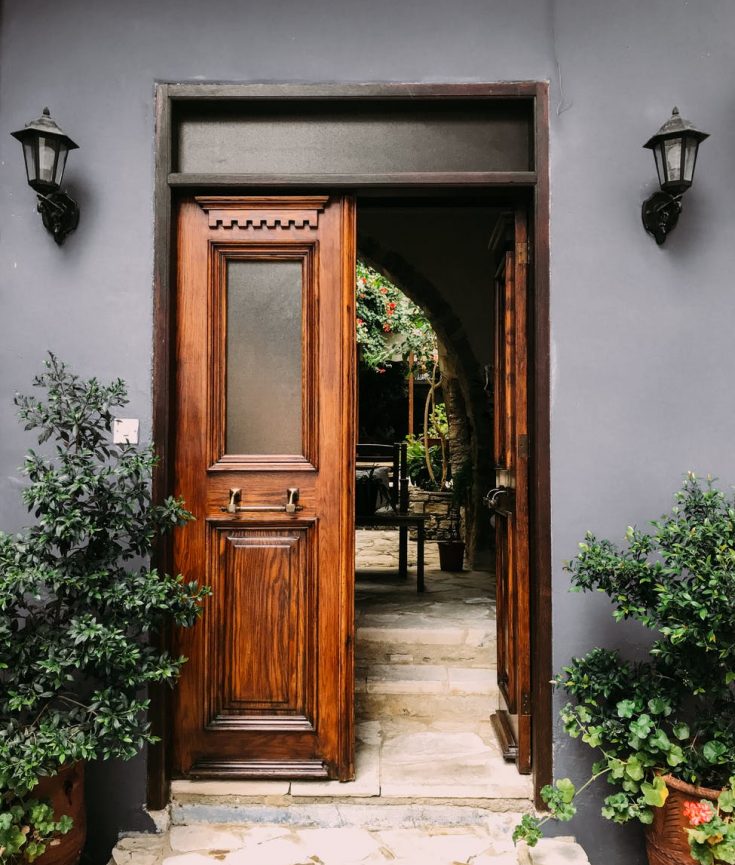Escutcheon plates are one of the common architectural elements that we rarely notice until it is so unsightly that it is distraction. In other cases, it is mistaken for a purely aesthetic feature though it can have practical uses. Let’s learn more about escutcheon plates before addressing the factors you should consider when shopping for one.
What Are Escutcheon Plates?
The term escutcheon in general refers to a decorative plate that doesn’t do anything. Instead, it shields or conceals a functional item. They’re used in a wide range of applications, and we’ll discuss more on this later. They were traditionally held in place by escutcheon pins. However, they’re normally held in place today by caulk, glue or screws.
How Are Escutcheon Plates Used?
Escutcheon plates may cover a faucet’s connection to the sink or other plumbing connections. They’re a great cosmetic solution when the pipes left a larger hole than expected. They can also provide a bridge for the gap between larger and smaller pipes. This is why the large circular plate around the control valve for your shower is called an escutcheon plate. The term can also be applied to the large single decorative seat placed over hot and cold water lines to your water faucet. Remove the plate, and you can access the lines to repair them. This makes maintenance and repairs of plumbing systems much easier.
Escutcheon plates are also used in conjunction with door locks. For example, an escutcheon is the decorative plate that surrounds a keyhole or a lock cylinder. The escutcheon plate may be part of the lockset itself. Yet escutcheon plates can be purely aesthetic, small plates attached to the side of a bowl or other items that may or may not have a practical purpose.
In theory, these plates can also prevent dirt and insects from getting inside the lockset. For example, older escutcheon plates might sit on top of the key hole until lifted out of the way, providing access to the key hole. This limited outside noise and air from entering the home, though it wouldn’t do much to stop someone from peering through.
What Factors Should Go into the Selection of Escutcheon Plates?
Only choose escutcheon plates that will retain their appearance on exposure to the environment. For example, you don’t see iron escutcheon plates in bathrooms or on front doors due to the near guarantee they will rust. Bronze may be used when it will remain equally attractive as it ages. Brass may be chosen in both cases because it retains its bright golden color. Escutcheon plates can also be chosen for their decorative value, and you can find models that resemble gargoyle heads, birds, modern squares, and classic oval plates.
Escutcheon door plates should be selected for toughness, since they’re used to protect the lock cylinder from being drilled out. It can also protect the area around the key hole from damage, such as protecting the wood door from scratches when you miss the key hole. There are a few escutcheons plates designed to prevent someone looking inside the keyhole from seeing inside the home or identifying the lock pattern as the key is turned. Escutcheon plates for door locks can have the same aesthetic value as plumbing escutcheon plates; it can cover up the large hole in the door that houses the lockset.

